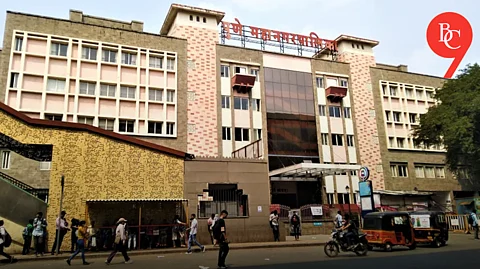

India’s rapid development has brought with it new challenges in public safety and accountability. Over the past five years, 192 cases of negligence have been officially recorded across various sectors, including road accidents, medical errors, and civic failures. While this figure may seem modest in comparison to the country’s vast population, it highlights persistent gaps in oversight, enforcement, and public awareness.
The most common form, involving rash or careless driving that leads to injury or death. According to NCRB data, road accidents due to negligence have resulted in over 1.2 lakh deaths in a single year, with thousands of “hit and run” cases reported annually.
Cases where healthcare professionals fail to provide standard care, resulting in harm or death. While official NCRB figures for medical negligence deaths were 218 in 2018, 201 in 2019, and 133 in 2020, the actual number of incidents—including non-fatal cases—may be much higher due to underreporting and lack of awareness.
Failures by civic bodies, such as poorly maintained roads, unsafe buildings, or inadequate disaster response, also contribute to the tally. For example, 51 deaths were attributed to civic negligence in 2020 alone.
The vast majority of negligence cases are linked to road accidents, with India recording hundreds of thousands of such incidents annually. While fatal medical negligence cases are fewer, non-fatal incidents and litigation are increasing, driven by higher awareness and legal activism. Some states report higher rates of negligence, particularly in healthcare, due to differences in infrastructure, oversight, and reporting practices.
Despite the alarming statistics, convictions and penalties in negligence cases remain rare. For instance, only a small fraction of medical negligence cases result in disciplinary action or compensation for victims.
